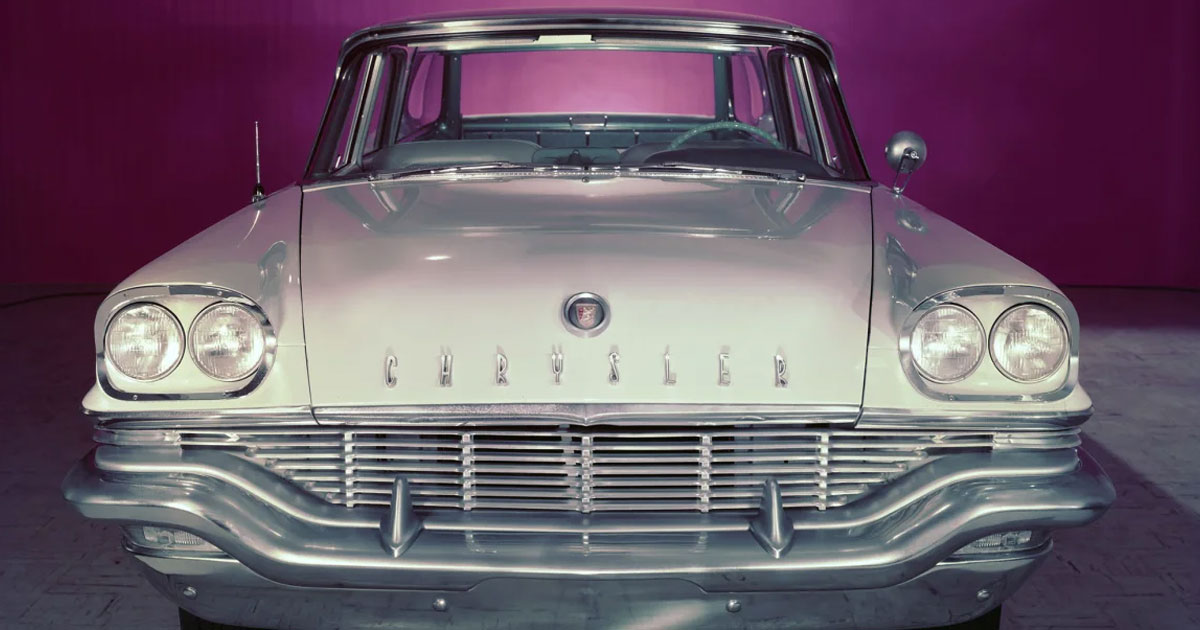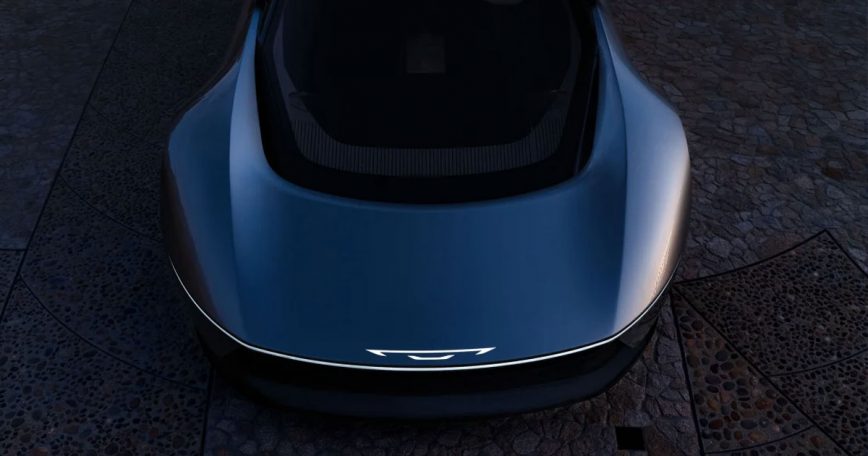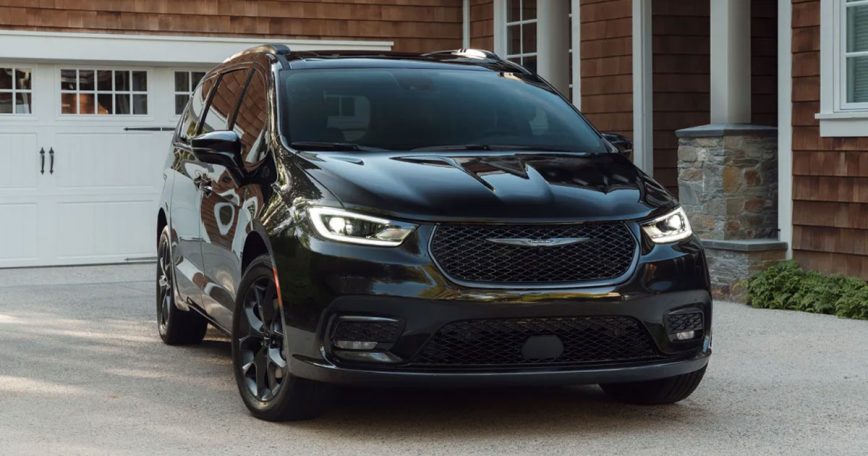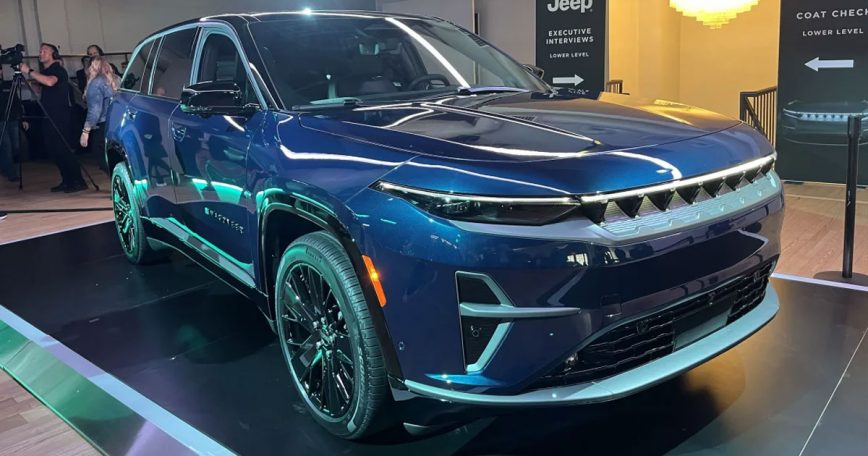Stellantis Ditches Chrome: A New Look For Jeep And Dodge!

Chrome, the shining symbol of automotive luxury and opulence, has adorned cars for over a century. Its reflective surface not only added an eye-catching sparkle but also served to protect unpainted metal parts from corrosion. However, the era of chrome may be drawing to a close, at least for Stellantis, the automaker behind brands like Dodge, Jeep, Ram, Fiat, and Maserati. This shift stems from serious environmental and health concerns associated with the chrome plating process.
The Historical Significance of Chrome
Chrome has long been synonymous with luxury and sophistication in the automotive world. Leslie Kendall, the head curator at the Petersen Automotive Museum in Los Angeles, aptly compared chrome on cars to jewelry on an outfit. Its reflective quality has made vehicles stand out, enhancing their aesthetic appeal and making them symbols of prestige and quality.
Stellantis’ “Death of Chrome” Initiative
Stellantis has decided to bid farewell to chrome on all its new models, a move encapsulated by their internal project name, “Death of Chrome.” Ralph Gilles, Stellantis’s chief global designer, revealed that future models, including the latest Jeep, will feature badges and trim pieces that may not have the same mirror-like shine but are expected to appeal to customers nonetheless.
Chrome Delete For My 300c SRT8 *Looks Way Better
The Dark Side of Chrome Plating
The primary reason for this shift lies in the harmful effects of hexavalent chromium, also known as “chromium 6,” which is used in the chrome plating process. Hexavalent chromium is a potent carcinogen, significantly more toxic than diesel exhaust. While the shiny chrome finish on cars is safe, the process of creating it poses serious risks to workers and the environment. During electroplating, hexavalent chromium can come into contact with workers or be released into the atmosphere, leading to severe health risks.
Regulatory Actions and Industry Adjustments
California, which has the highest concentration of chrome plating shops in the U.S., has been at the forefront of regulating hexavalent chromium emissions. The California Air Resources Board acknowledges the significant risks and is moving toward an outright ban on its use, offering funding to help businesses transition to safer alternatives. The transition is a monumental task, as hexavalent chromium is used in various industries, not just automotive, to enhance the hardness of steel and as an anti-corrosive agent in paints.
Industry Response and Progress
The National Association for Surface Finishing (NASF), representing chrome platers, claims significant progress in reducing hexavalent chromium emissions, achieving a 99.9% reduction since 1995. They are working with regulatory agencies to ensure a safe transition to sustainable alternatives. However, these alternatives, such as trivalent chromium, currently fall short in terms of aesthetic appeal, durability, or cost-effectiveness for mass production.
The Challenge of Alternatives
The automotive industry faces a challenge in finding alternatives that match the luster and durability of traditional chrome. Trivalent chromium, for example, has a more yellowish finish compared to the brilliant, clear look of hexavalent chrome. Gilles emphasizes the need to shift consumer preferences away from chrome by offering attractive alternatives like blackout packages, which replace chrome with matte black pieces for a sleek, modern look.

The Appeal of Blackout Packages
Blackout packages, which replace all exterior chrome with matte black elements, have gained popularity among consumers. Gilles himself adopted this style for his own 2016 Chrysler minivan, leading to the development of the Chrysler Pacifica S Package. However, while the “murdered out” look has its fans, it’s not universally appealing.

Exploring Other Finishes
Stellantis is exploring various finishes, including polished stainless steel and satin steel, which offer different aesthetic qualities. Polished stainless steel can mimic the appearance of chrome but at a higher cost. Satin steel, with its dull finish, provides a refined look at a lower cost. Mixing different tones and textures can create visually appealing designs without relying on chrome.
Consumer Acceptance and Future Models
Stellantis has tested these alternatives on special edition models, which have generally been well-received. This positive consumer response indicates a readiness for change. The upcoming Jeep Wagoneer S electric SUV will be one of the first models to entirely forgo chrome, setting a precedent for future Stellantis vehicles.

VW’s Approach to Chrome Alternatives
Other automakers, like Volkswagen Group, are also seeking alternatives to hexavalent chrome. VW is experimenting with finishes of various tones and textures and using light as a design element. Some VW models already feature illuminated logos, a trend that Stellantis has also embraced in some of its concept vehicles.
The Broader Implications
Stellantis’ move away from chrome is part of a broader industry trend towards more sustainable and health-conscious practices. The automotive industry is under increasing pressure to reduce its environmental footprint and improve worker safety. This shift represents a significant step towards achieving these goals.
Ram & Dodge Going BANKRUPT! CEO Is GONE!
Conclusion: The Future of Automotive Design
The decision to phase out chrome marks the end of an era in automotive design. While chrome has long been a symbol of luxury and elegance, the environmental and health risks associated with its production are too significant to ignore. Stellantis’ “Death of Chrome” initiative is a forward-thinking move that prioritizes sustainability and safety over tradition.
As the industry evolves, consumers can expect to see a greater variety of finishes and design elements that do not rely on chrome. This transition may take time, but it represents a necessary step towards a more sustainable future for the automotive industry. With innovative designs and alternative materials, the cars of the future will continue to captivate and inspire, even without the glitter of chrome. Photo Credit – Stellantis, Peter Valdes-Dapena/ CNN

